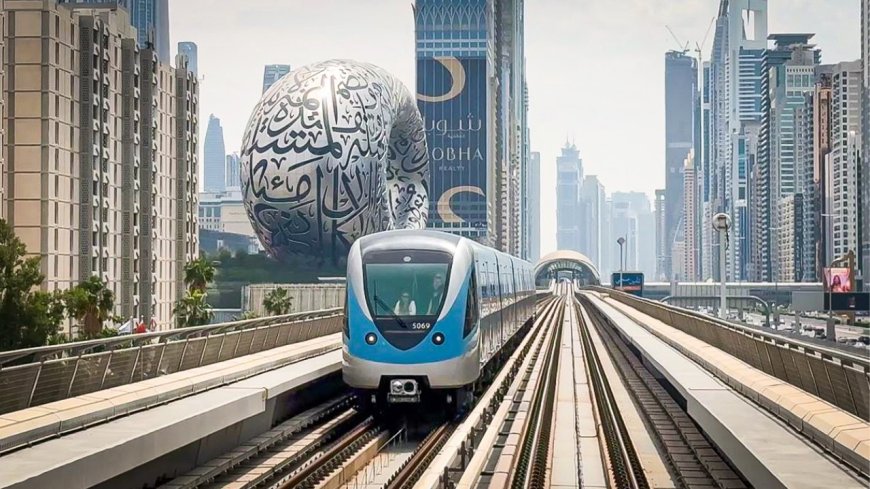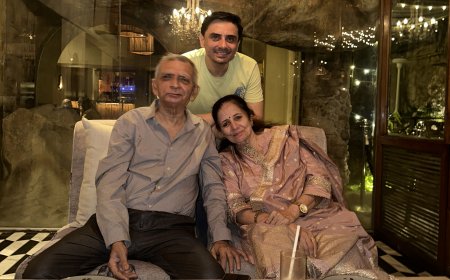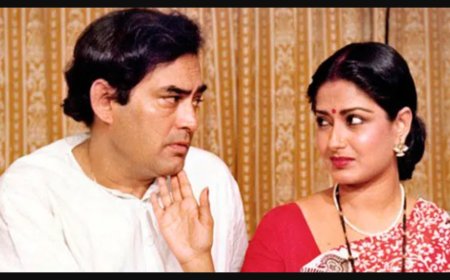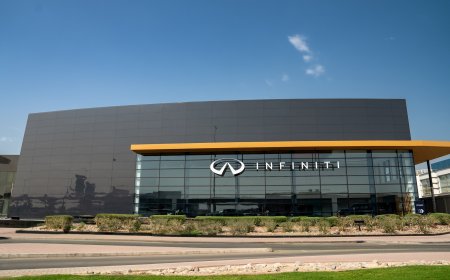Dubai Residents Desperate for Expanding of Metro System with Plans Getting on Track Slowly
Plans are on the table to address Dubai’s growing commuter woes but this depends on how trains stack up against cars.

Though Dubai ranks only 159 globally in terms of traffic jams, residents are feeling vehicular congestion mounting by the day. Last year, the bustling international business hub saw motorists lose an average of 33 hours negotiating their fellows while it took almost 13 minutes to cover 10 km. Arterial thoroughfares like Sheik Zayed Road and Hessa Street are badly clogged between 8 and 9 in the morning and 5 and 7 in the evening. So much for “rush hour”. So where does the city's metro service fit in?

There are currently 64 metro stations across Dubai, but the inner-city trains account for only a small fraction of daily commuting. Frustrated city-dwellers, especially those living in “emerging” localities say that they have to spend time in their cars just to reach the various stations. These residential areas include peripheral townships like Dubailand, Eimrates Hills, Dubai Sports City, Al Barsha, Jebel Ali and Dubai South.

While buses offer an alternative, they usually take circuitous routes which partially defeat their purpose. Furthermore, increasing travel periods deprive families of more time together while office-workers experience fatigue before even reaching their workplaces. Plus, more toll and parking fares are increasing the collective frown. However, relief seems to be on the way, with the city’s Executive Council laying out some transformative plans.

In another six years, the agency is determined to expand Dubai’s metro stations by 50%, i.e., 96 stations in all. This will increase the trains to 45 per cent of Dubai’s commuting share. Plans are also in the pipeline to improve “micro-mobility” options like more sky-walks and pathways for pedestrians and bikers. But such development is likely to take till 2030, leaving drivers sighing in the meantime.

Gradual work is also in the offing for a Blue Metro Line which will connect the Dubai International Airport (DXB) with possibly ten key areas. These are to include everything from Al Warqa, to Dubai Silicon Oasis, to Academic City, to Dubai Creek Harbour. But the waiting period for such connectivity too is long, with 2040 being projected as the year of establishment.

City developers also point out that new metro stations can improve the potential of commercial establishments and malls in their vicinities. Another quandary that Dubai will have to address is the petrol-run luxury cars that it is currently selling at breakneck speed. Regardless, Dubai is definitely on the path to more fluidity and mobility. But given that Time is Money, Time is of the essence for one of the world’s busiest cities.














































